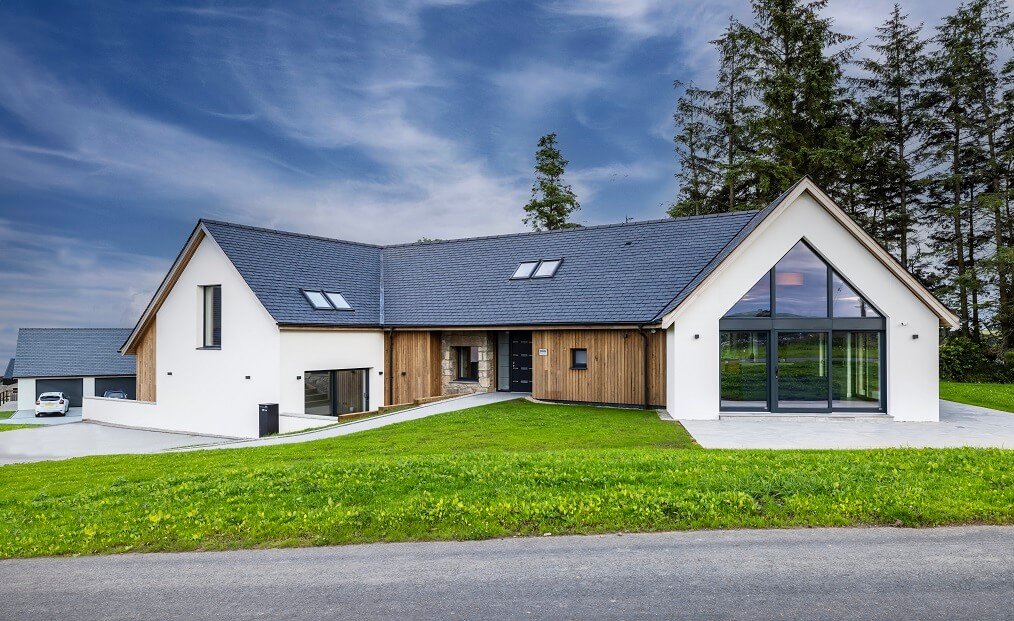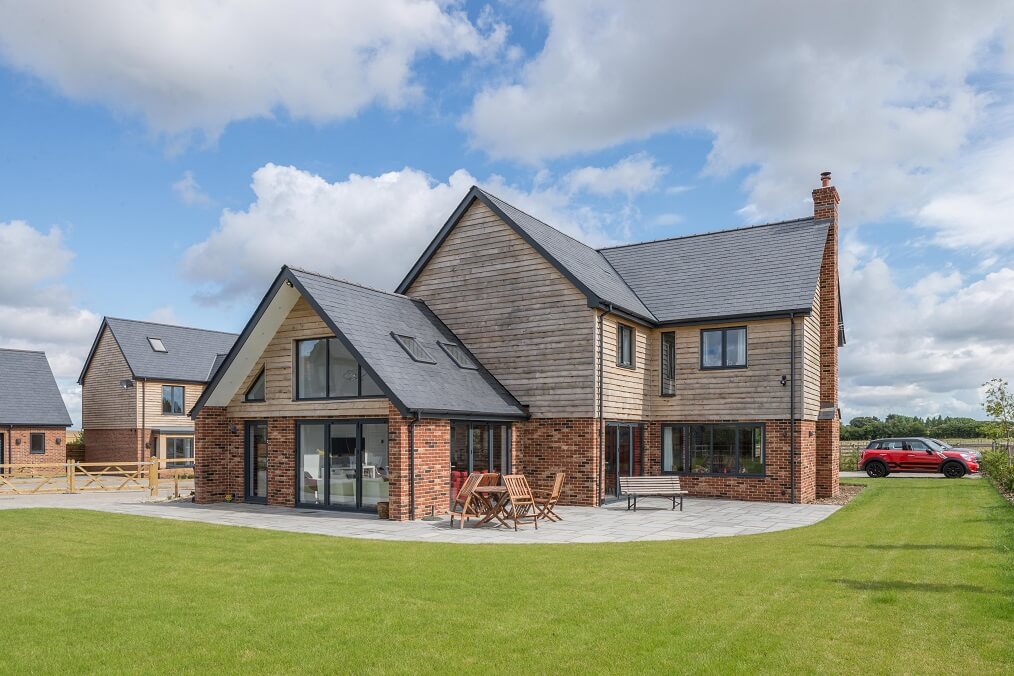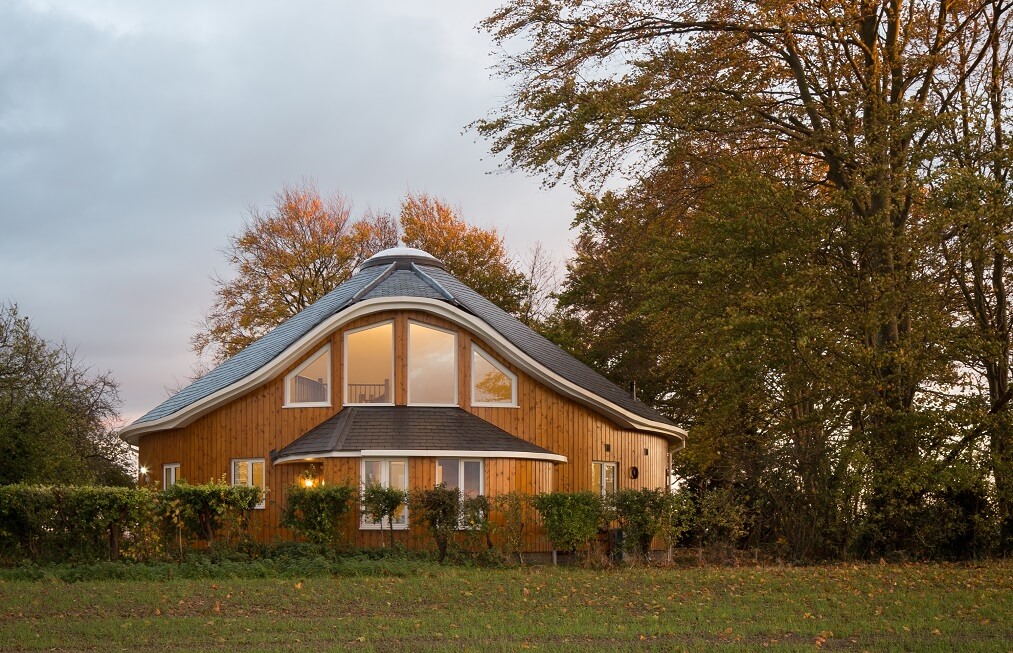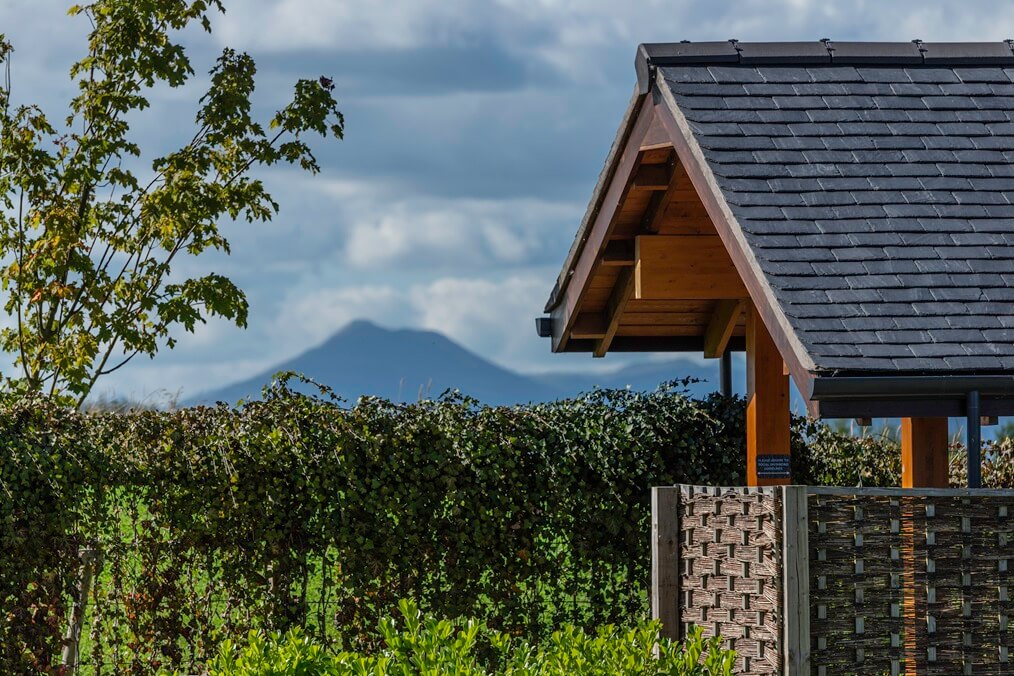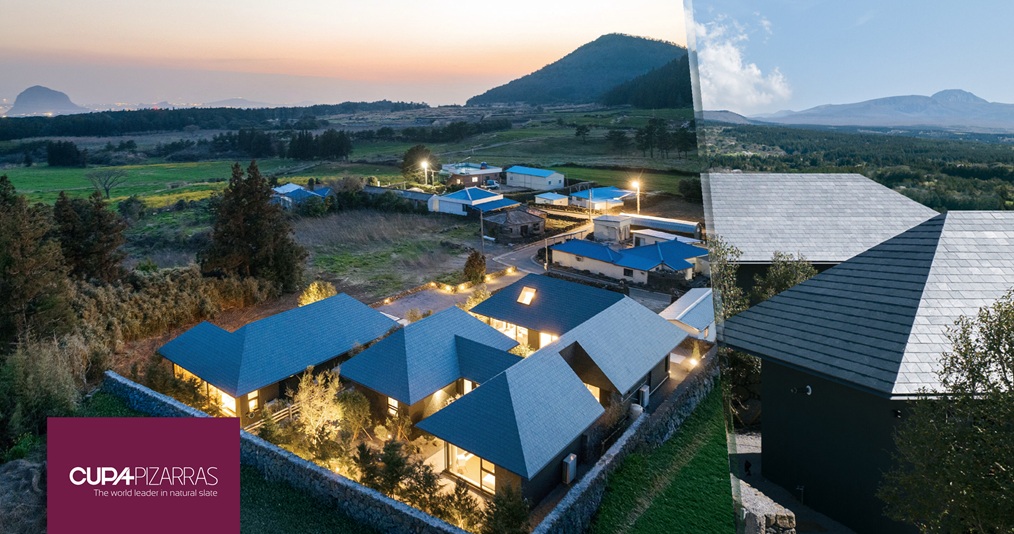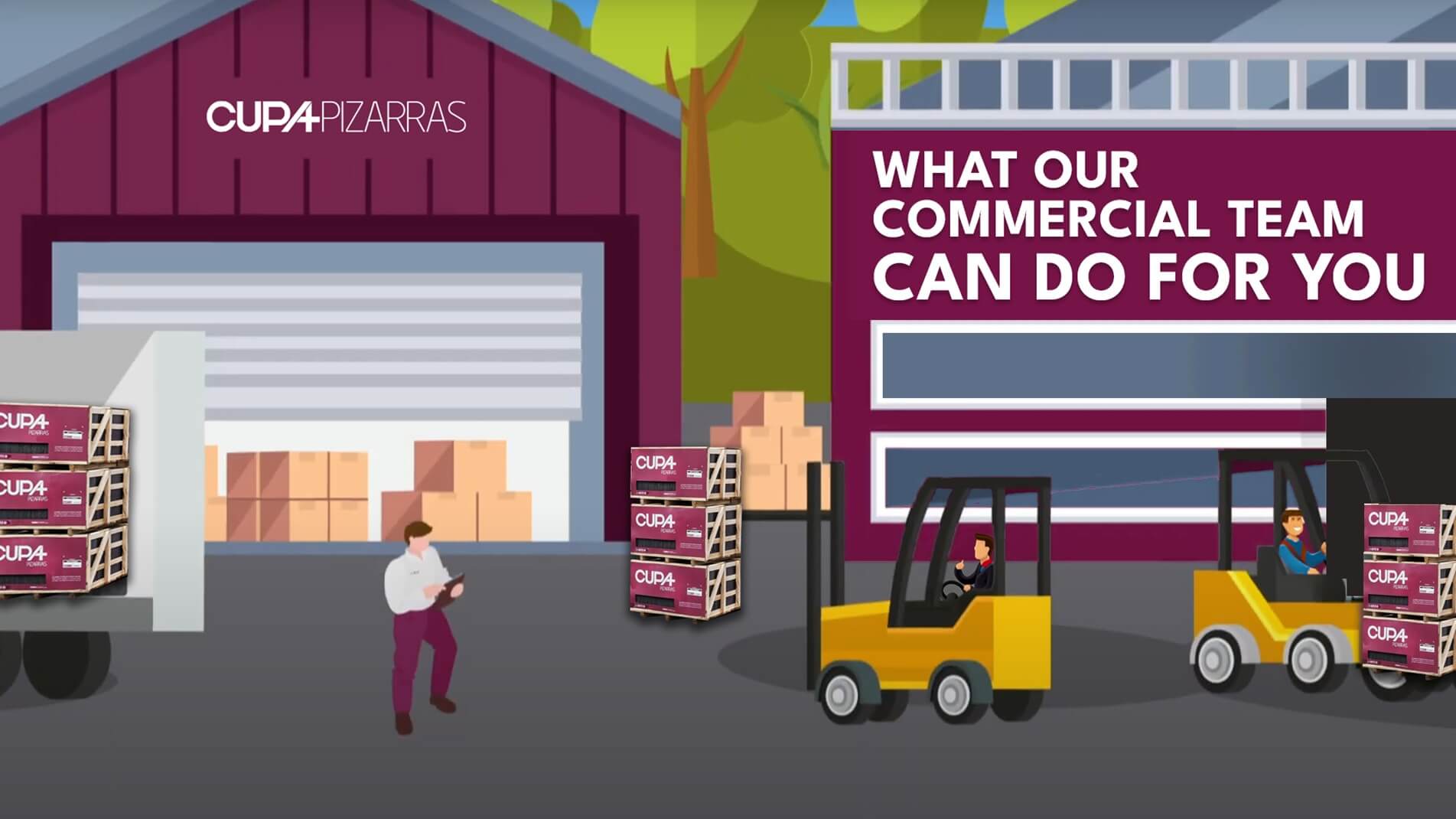Main advantages of pitched roofs: why is it always going to perform better than a flat roof
The roof is one of the most important parts in any building, acting as the first line of defence from all environmental hazards. That’s why choosing the appropriate one will give you peace of mind, save you money and ensure your home stands strong against the elements for years to come.
Roofs have evolved over the years as new construction techniques and materials have emerged, but the truth is that pitched roofs remain the most common and efficient solution for ensuring maximum protection for a home.
If we were to categorize roofs into two main types, they would be pitched roofs and flat roofs. Which one is better? This is a difficult question to answer, as it involves personal aesthetic preferences.
What is widely accepted in the industry is that pitched roofs offer better long-term durability and are more capable of resisting weather-related issues. Let’s explore their main practical advantages:
- Water drainage: pitched roofs, shaped like triangles, are stable and strong, ensuring effective water drainage that reduces the risk of leaks and water damage. Additionally, when constructed with natural slate, they further enhance waterproofing capabilities.
- Enhanced ventilation: pitched roofs are conceived to facilitate natural ventilation between the outer layer and the building, helping to preserve energy. This improved airflow can help regulate temperature and reduce moisture buildup.
- Longer lifespan: pitched roofs are designed to withstand harsh weather conditions, requiring less frequent repairs. Their superior ability to shed water and snow contributes to better long-term durability. This durability is further enhanced when the roof is covered in natural slate, a material known for its lifespan of over 100 years with minimal maintenance.
- Thermal insulation: buildings with pitched roofs are roughly 10-15% more compact than those with flat roofs. This reduction in surface area results in improved thermal insulation by limiting exposure to the exterior.
- Increased space: Pitched roofs create extra space beneath them, offering the potential for additional rooms or storage without the need for a costly additional floor. This space can be converted into storage, living areas, or even bedrooms.
- Aesthetics and style: Pitched roofs come in all shapes and sizes, from simple two-sided slopes to more complex designs featuring hips and valleys. Their versatility is unmatched, allowing architects to express their creativity freely.
And most importantly, pitched roofs allow for the installation of natural slate, the best possible material for roofing. It adds a level of style and sophistication that other materials simply can’t match.
Now that you’ve become nearly an expert on pitched roofs, you can read more related articles like these:
- Want to know the most common types of roofs used today?
- Gable roofs: why this classic is still the king of roofs
- Ready to learn and name the different parts of a roof?
- Natural slate roofs: why explain when it’s clearly the best possible material?

